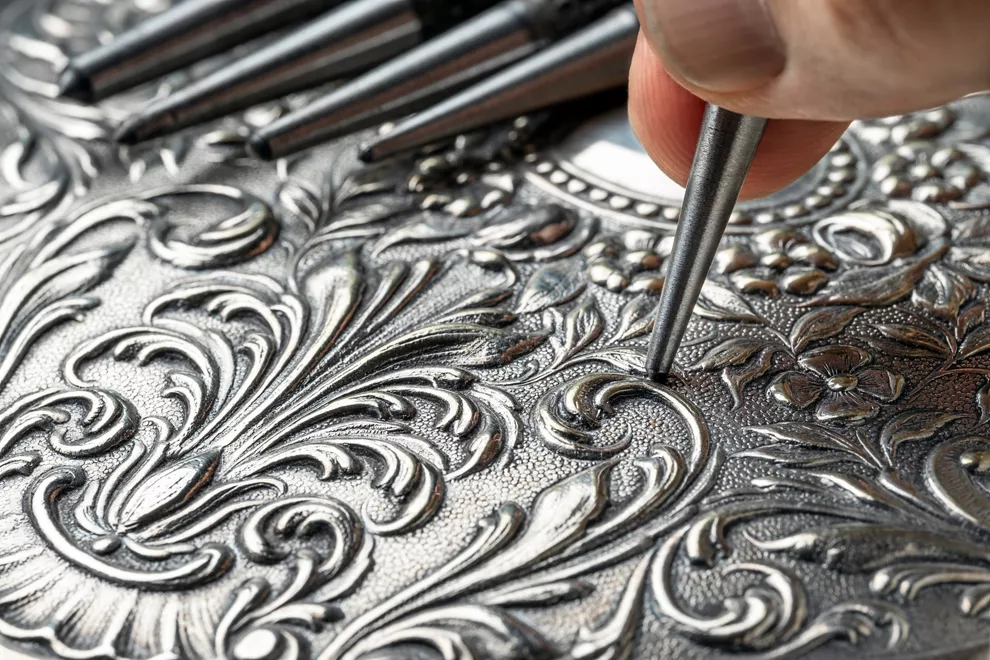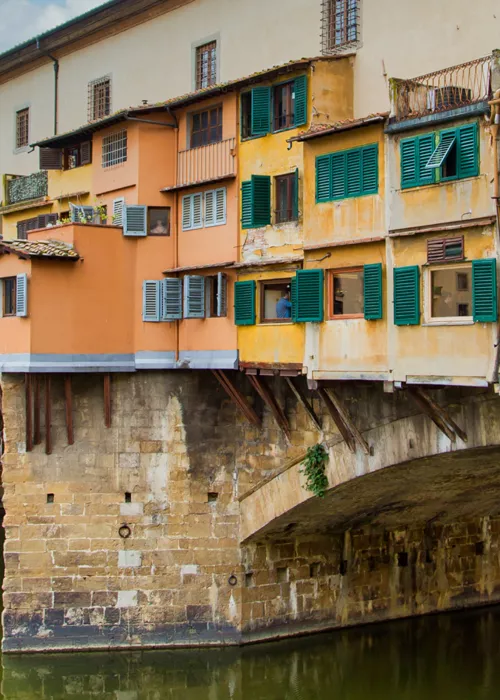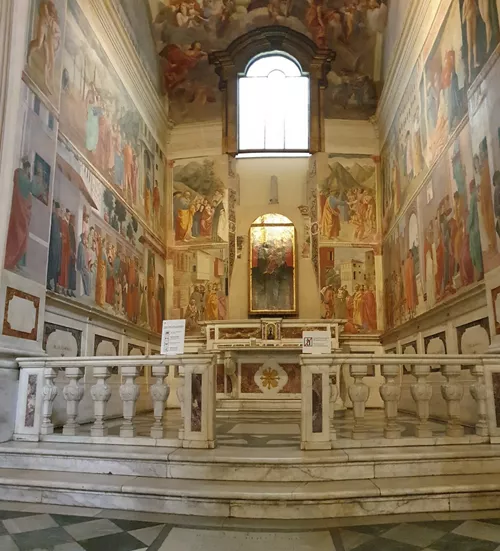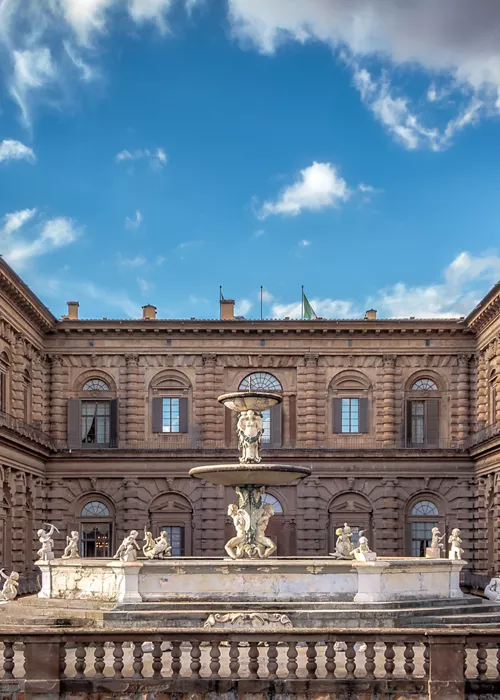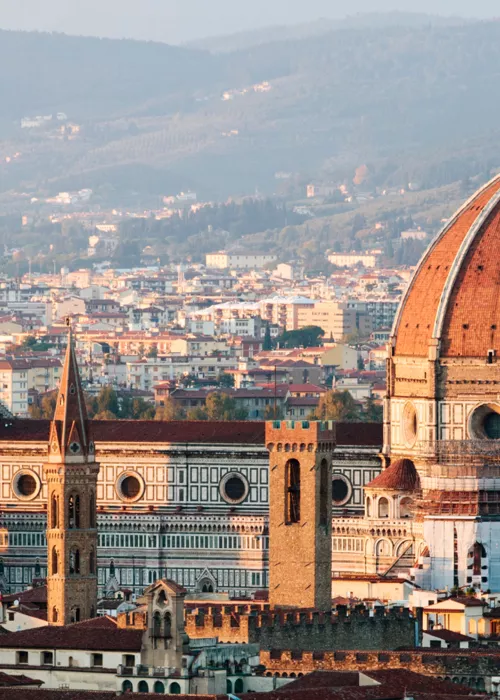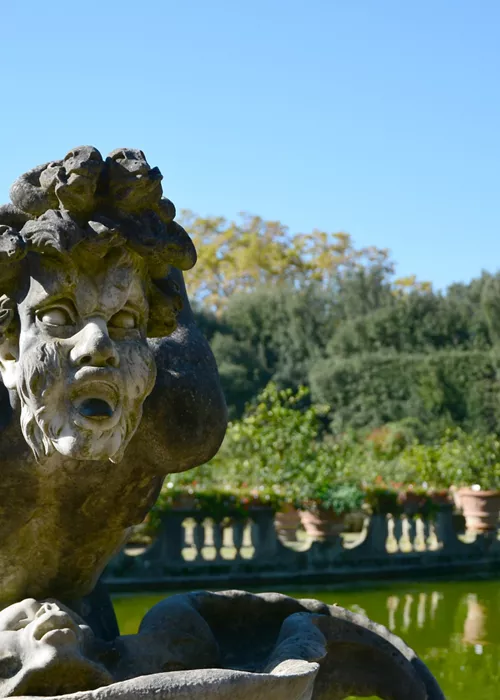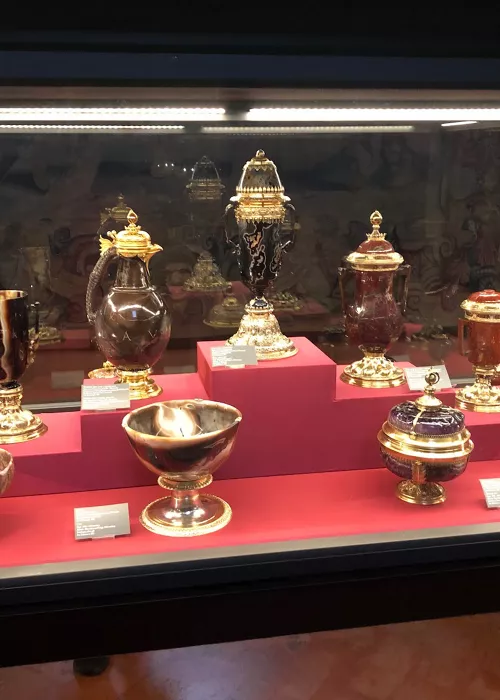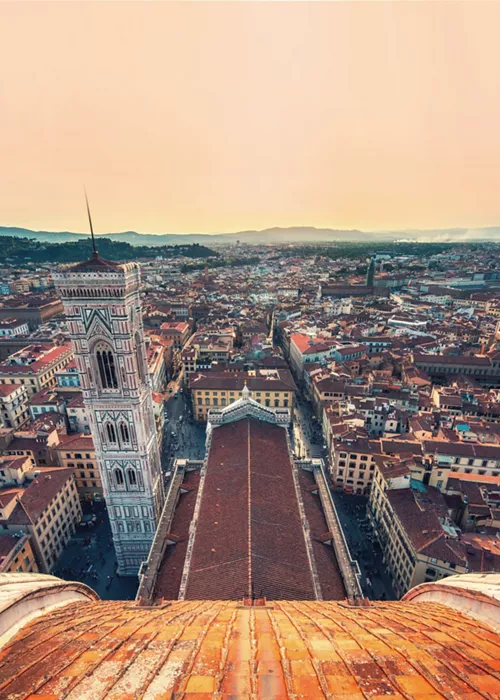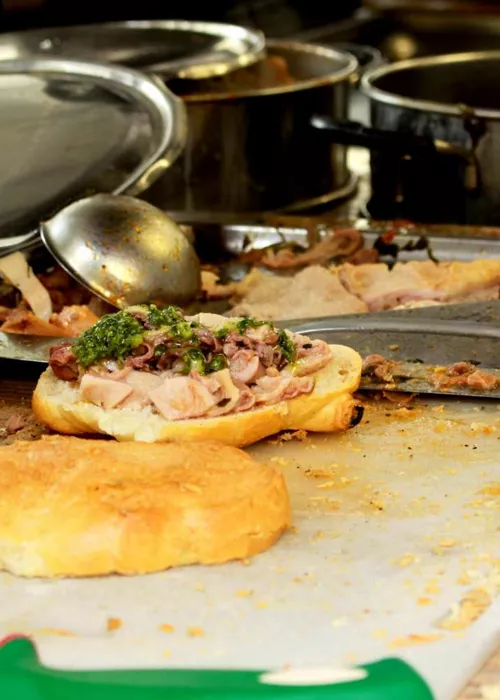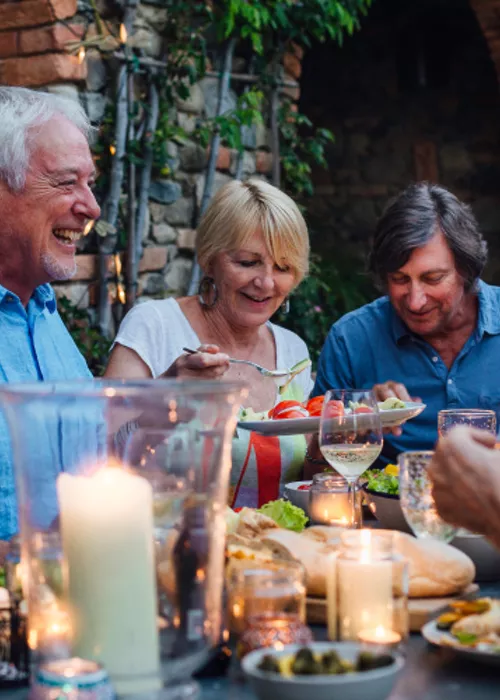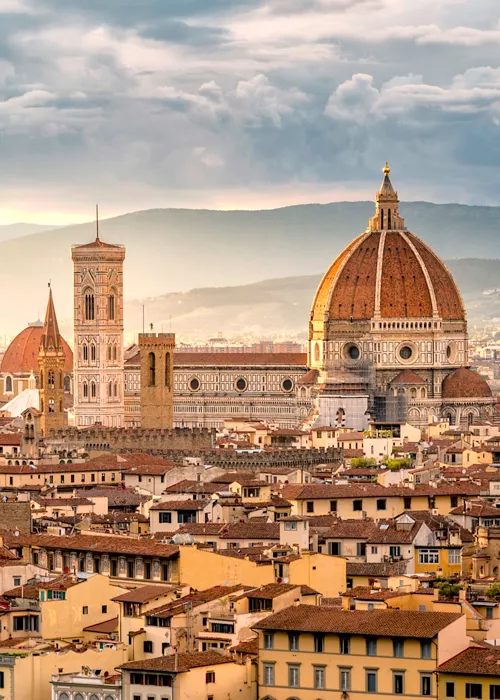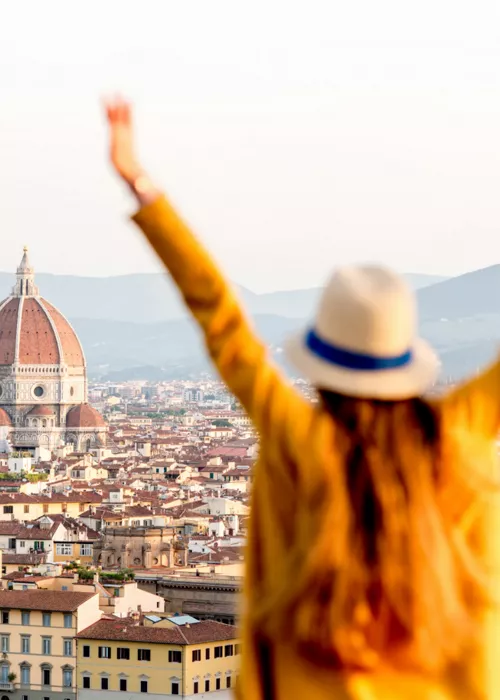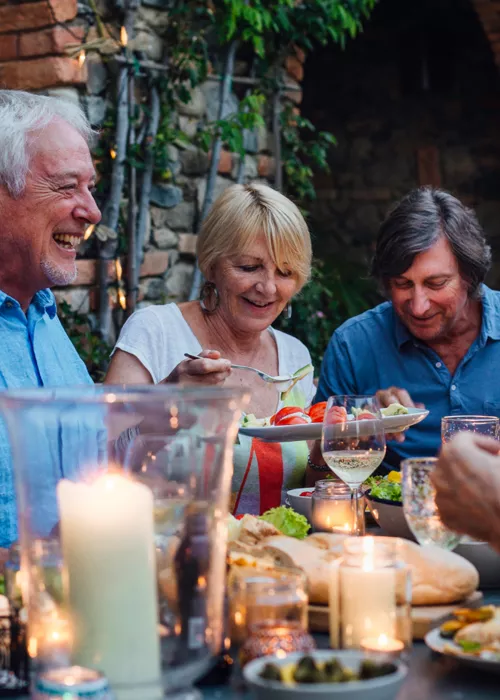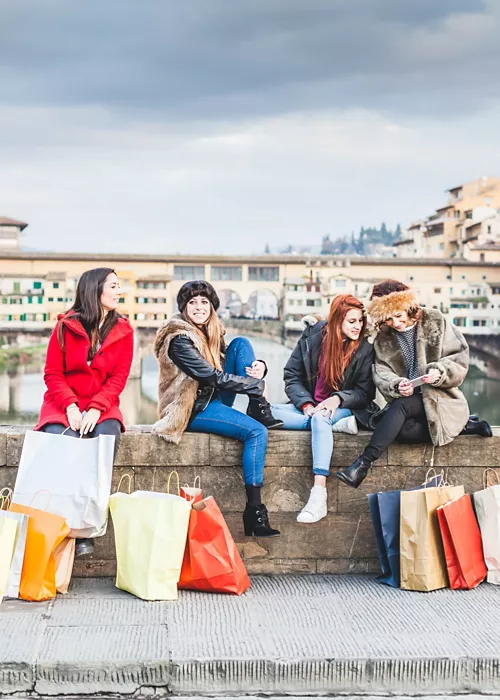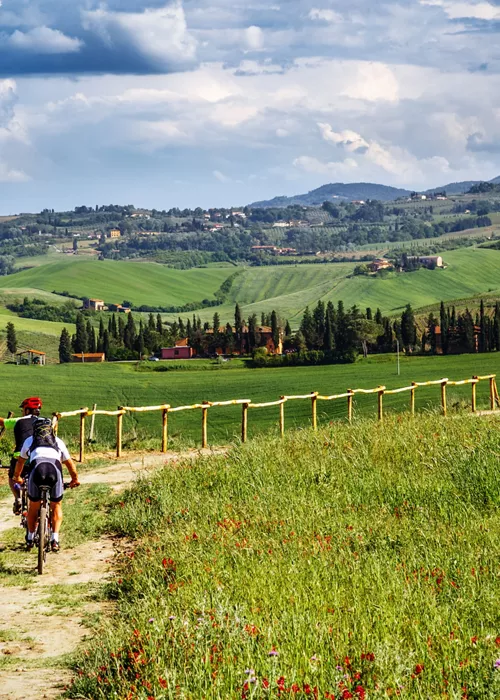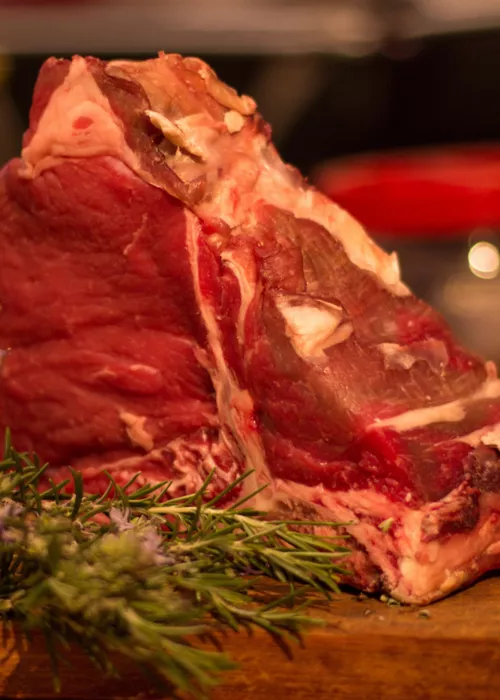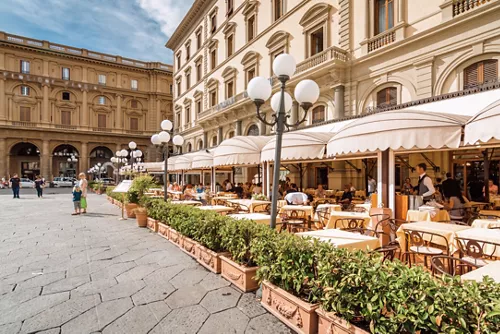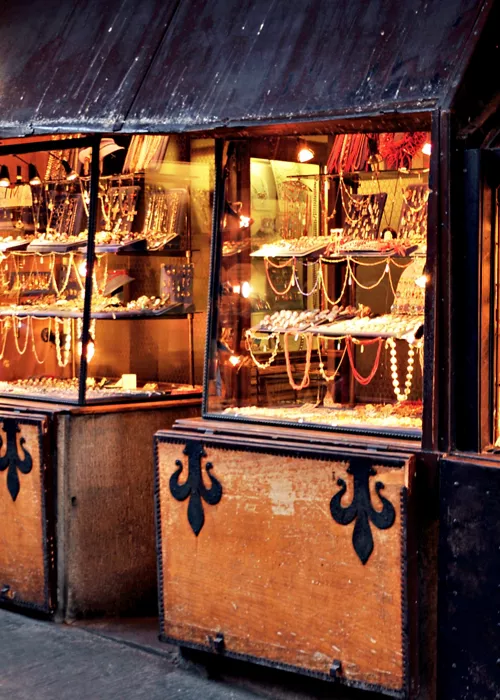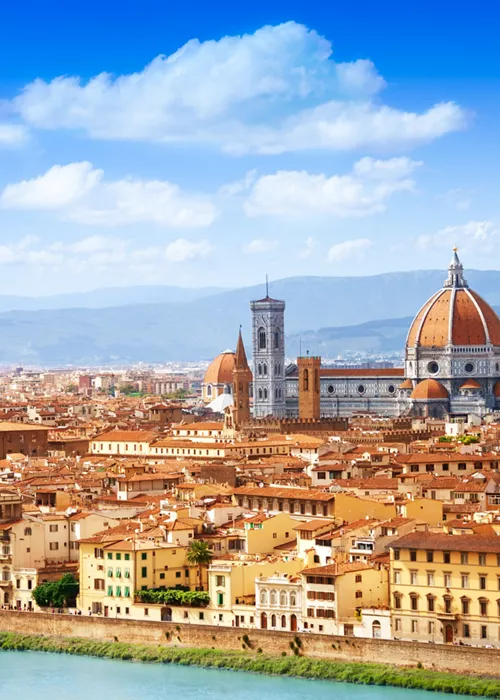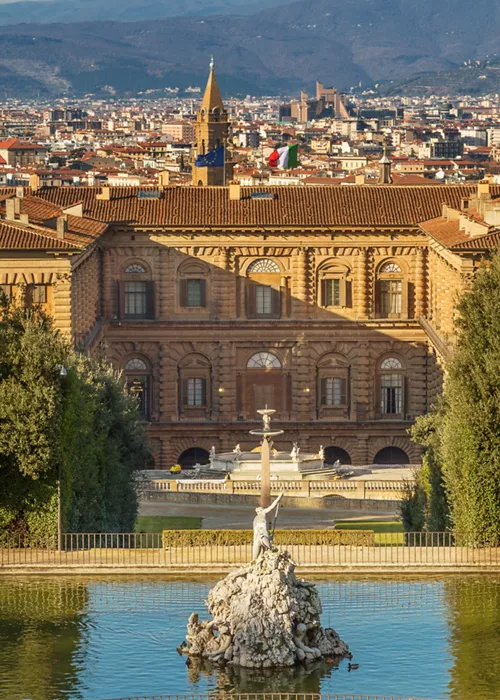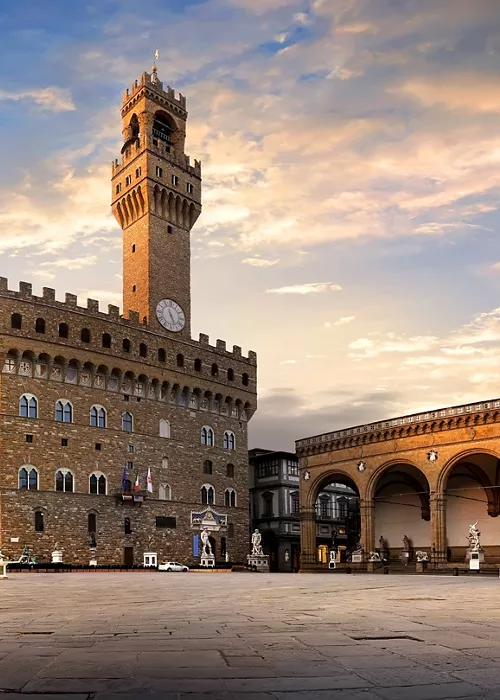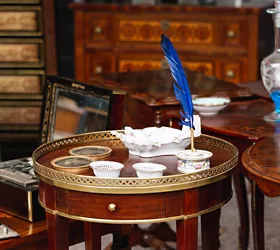Crafts in Oltrarno: an itinerary through the most authentic Florence
2 minutes
It is the other Florence still full of beautiful squares and Renaissance palaces, but among its alleyways there is a more authentic Florentine atmosphere.
Unique creations, fine workmanship, centuries-old techniques
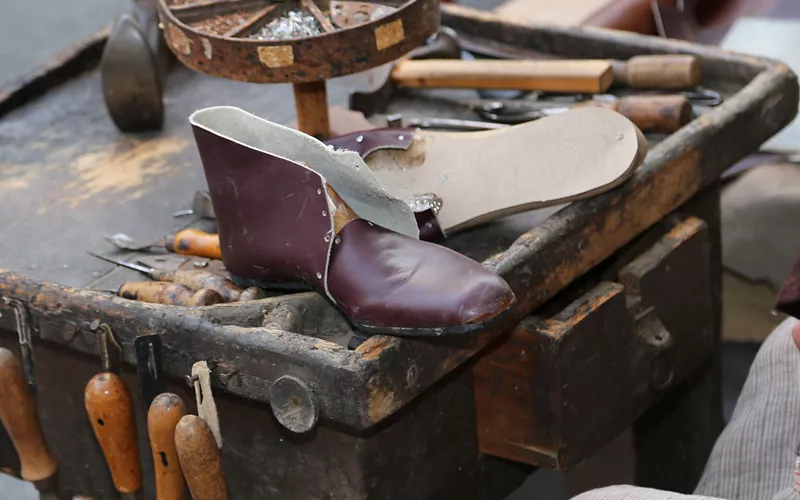
The streets of famous districts such as Santo Spirito and San Frediano are lined with artisan and antique workshops of goldsmiths, engravers, bookbinders, marquetry, glassworkers, and leather-workers: the common traits are the very high level of quality, the uniqueness of the creations and the refined craftsmanship, which still follows ancient techniques handed down over the centuries...
Knowledge passed down through time
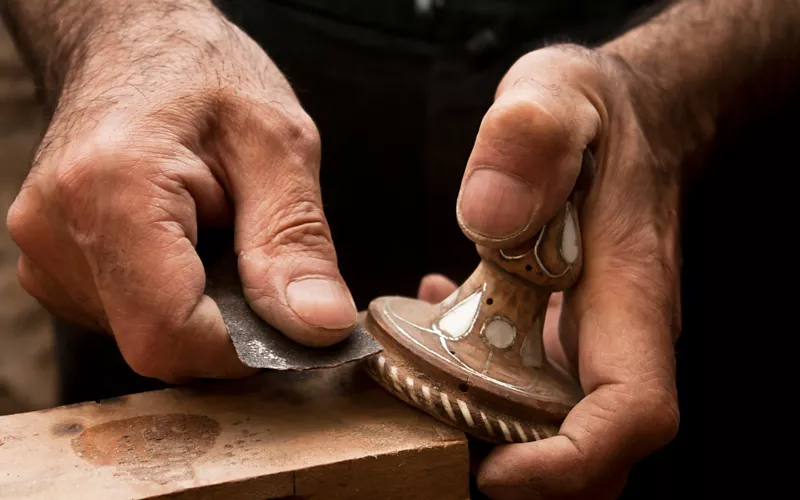
Leaving Ponte Vecchio behind, enjoy a stroll through the maze of alleyways, among the Florentine binding workshops, where the characteristic marbled paper is created.
Or learn the techniques of marquetry and gilding of wood, lost-wax casting of metals, chiselling of silver.
And let yourself be seduced by the art of ceramics or the loom, or the meticulous care of those who make unique, made-to-measure shoes or fine silks.
The trademark of Oltrarno craftsmanship
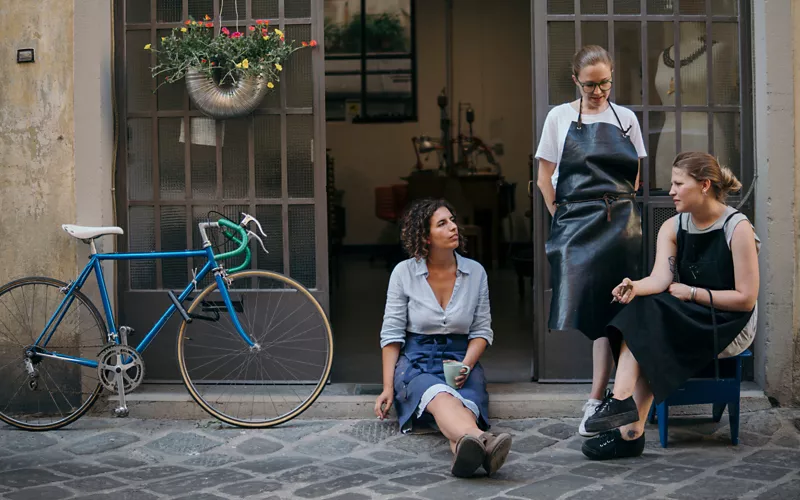
Here, studios, laboratories and workshops have overlooked the street for centuries, and the artisans and masters who inhabit them, the beating heart of Tuscan artistic craftsmanship, are often happy to share their secrets and traditional practices with interested visitors. Amongst these shop windows, one can breathe in an authentic sense of belonging, a proud attachment to roots and tradition, the trademark of every artefact produced here.
A tour of art and historical craftsmanship
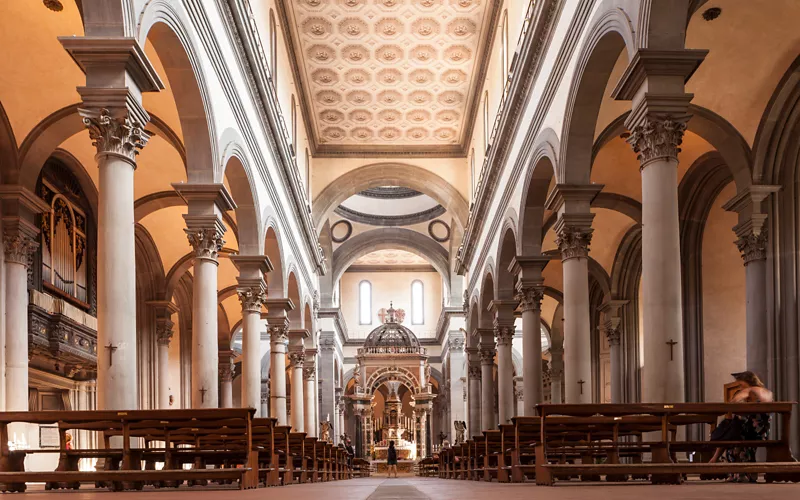
Don't forget to stop off at the must-see architectural and artistic sights of the Oltrarno: Cappella Brancacci, with paintings by Masolino and Masaccio, the basilica of Santo Spirito, which houses an amazing wooden crucifix by Michelangelo and overlooks a beautiful square, the church of San Frediano, with its unfinished facade.
And then treat yourself to a few hours in the Pitti Palace, to visit some of the exhibitions that sum up the excellence of “savoir faire” and the best artistic expression of many trades still practised in the Oltrarno district.
Palazzo Pitti: the history of costume and Medici treasures
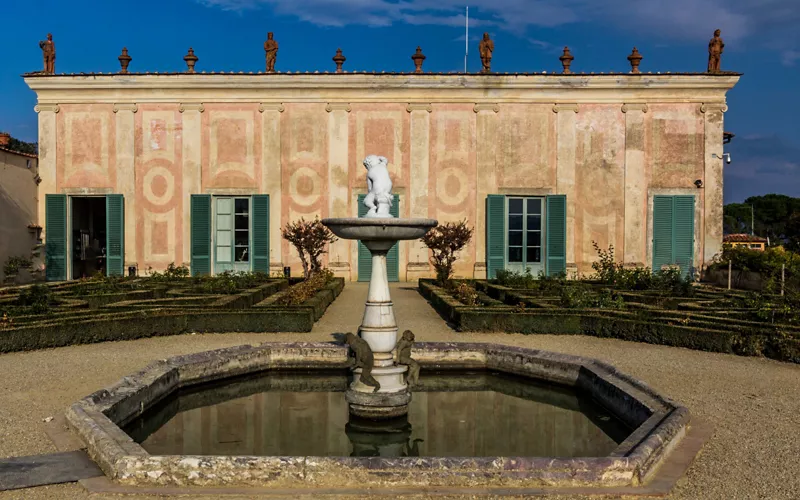
Start at the Fashion and Costume Museum, in the Palazzina della Meridiana, one of the southern pavilions of the Pitti Palace overlooking the Boboli Gardens, which houses the creations of the most famous 20th-century stylists, stage costumes like those of Eleonora Duse, historical clothes, such as the funeral clothes of Grand Duke Cosimo I de' Medici and his wife Eleonora di Toledo.
Don't miss the Grand Dukes' Treasure (formerly the Silver Museum), on the ground floor and mezzanine of the Pitti Palace. It is the museum of the Medici family and Florentine craftsmanship: a treasure chest of authentic treasures: tables and furniture made of semi-precious stones, rock crystal, a collection of gold, ivory and amber, and finely chiselled reliquaries.
And finally conclude the tour with the Porcelain Museum, in the 18th-century Palazzina del Cavaliere at the top of the Boboli Gardens, which houses the porcelain tableware collections of the ruling houses that have succeeded one another in the Pitti Palace, from the Medici to the Lorraine to the Savoy.
Artisanal and... gastronomic traditions
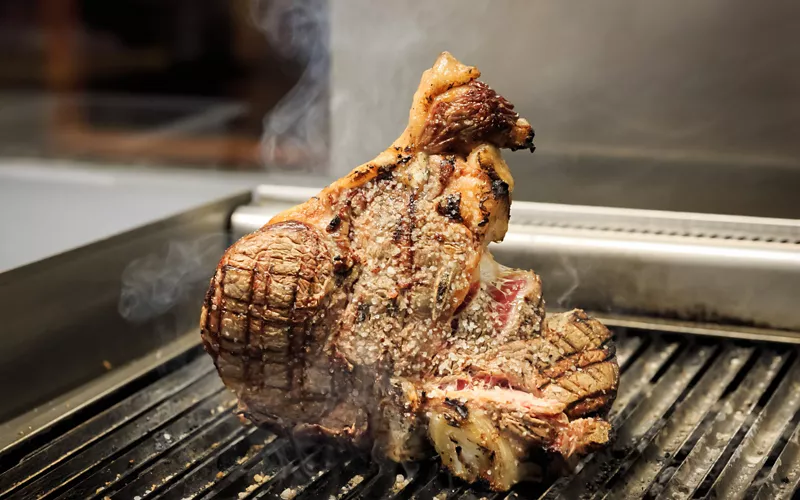
And at the end of this enthralling itinerary, let yourself be tempted along the way by the aromas coming from the many trattorias and osterias of the Oltrarno, which offer the best of typical Florentine cuisine: ribollita, pappa al pomodoro, the classic Florentine steak or fagioli all’uccelletta. And to end on a sweet note, try the zuccotto, a sponge cake soaked in alchermes and filled with ricotta, candied fruit and almonds: its recipe dates back to the imagination of an architect of the Medici court, back in the 16th century.

